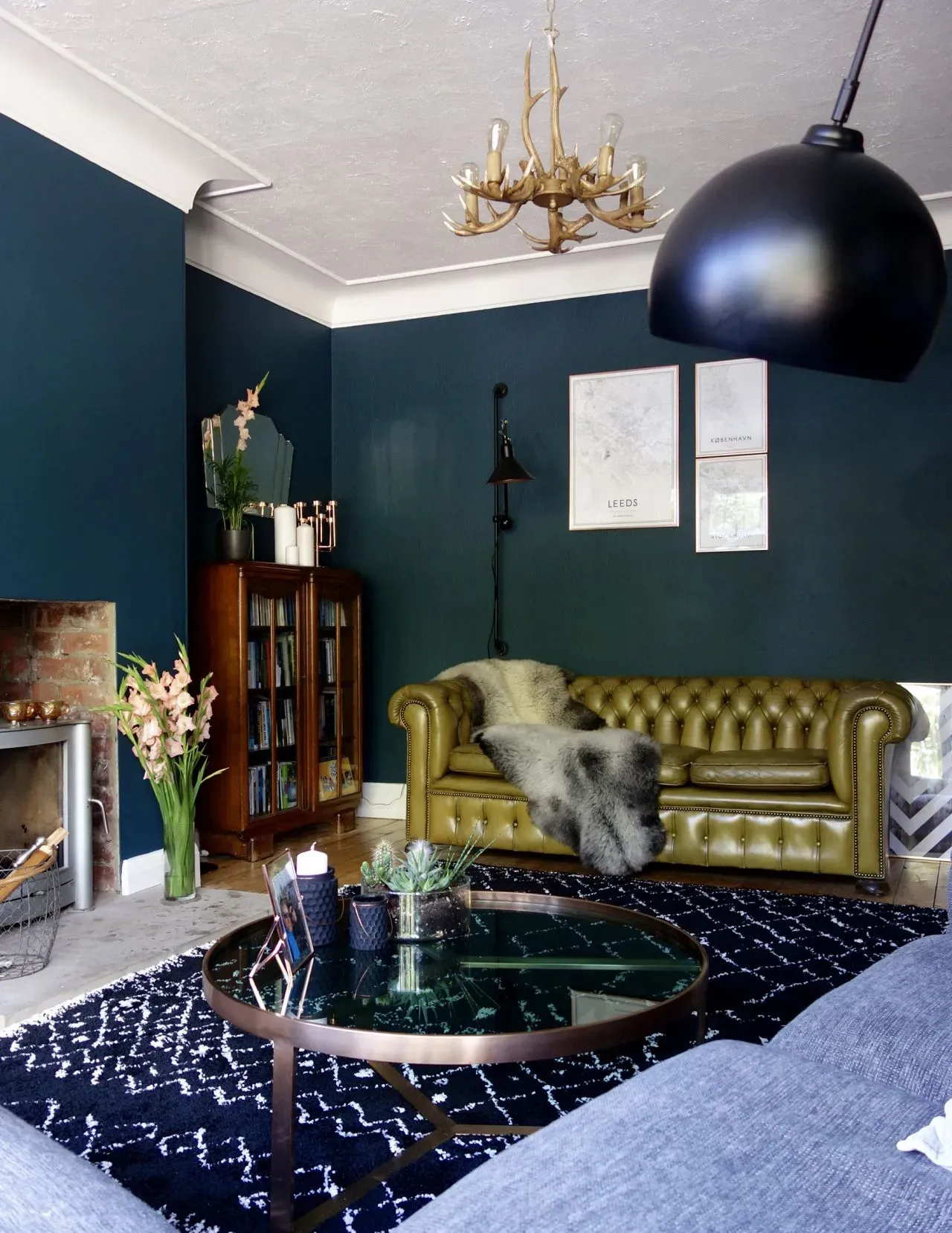The 20th Century History of the Anglepoise Lamp - 1933 - 1985

James Broad
Jul 20, 2024 | 5 min read
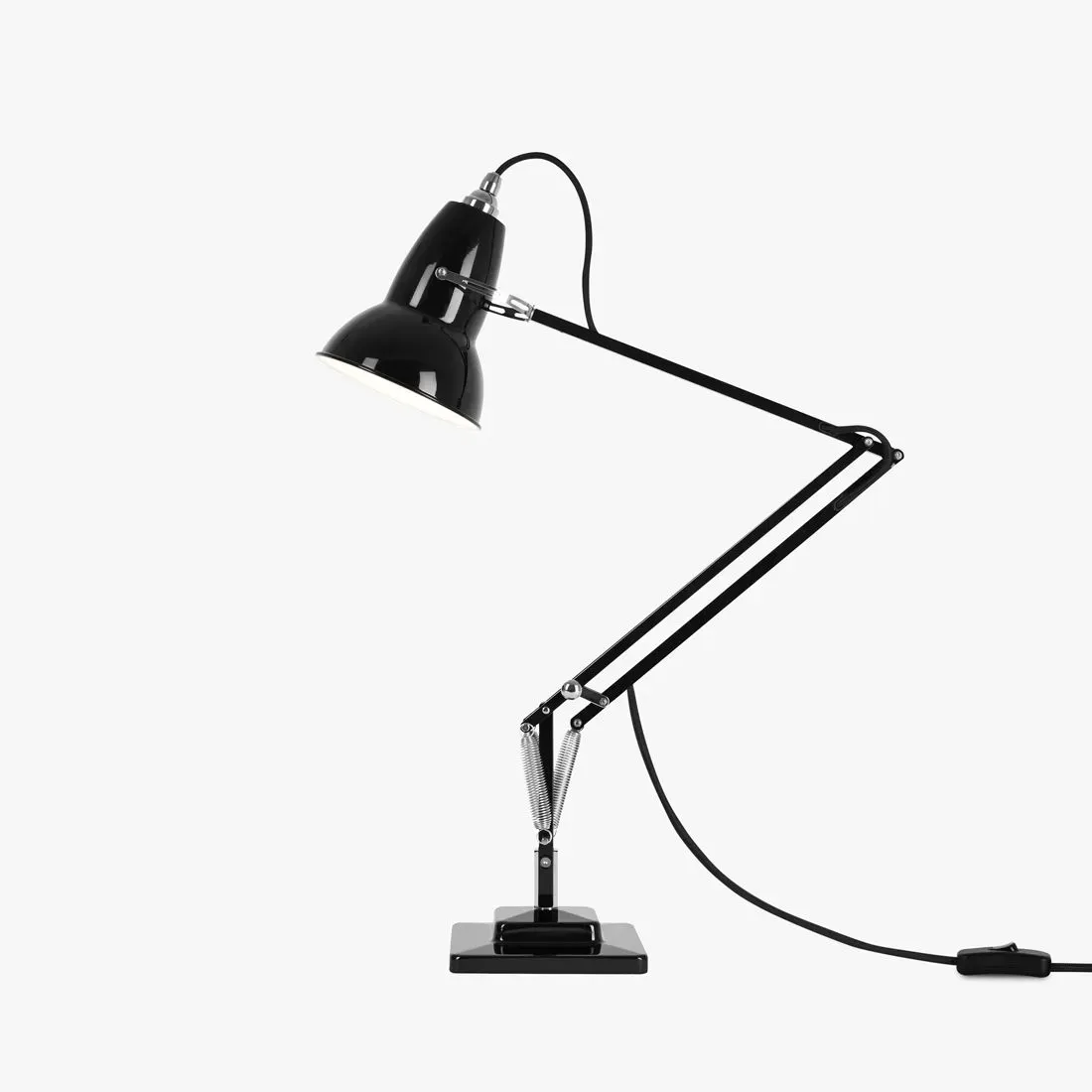
“The Anglepoise is a minor miracle of balance, a quality in life we do not value as we should” — Sir Kennith Grange
A globally recognised lamp, the Anglepoise began its incredible life in a factory and soon found its way into millions of homes around the world. A lamp so cool and stylish that Paul Smith did a collaboration. So who was behind this ingenious invention? When was it invented? And how did it become the most recognised lamp the world has ever seen? I wanted to explore the life behind the classic lamp and this is what I discovered…
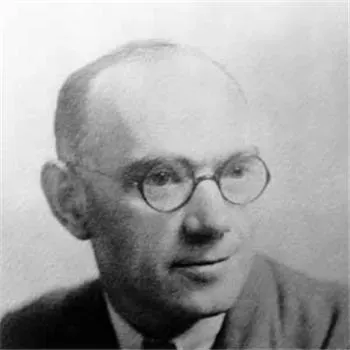
The Anglepoise lamp was first designed in 1932 by a car designer called George Cardwardine. A freelance design consultant who specialised in vehicle suspension systems (yawn), Cardwardine did not have the usual architect background that many designers have. So how did a suspension specialist come to invent the most recognised and versatile lamp to hit the market?
Cardwardine was doodling new concepts for suspensions and in the process, realised the part he had just designed for a vehicle, would actually make an ideal lamp for use in factories; how handy would it be having an adjustable lamp whilst working at your machine? A lamp which can simply be clamped and used in various positions and could hold its position once adjusted? Accidentally, George had invented something which he believed every working factory would want — and how right he was!
On the 4th of July 1932 he applied for a patent of the mechanism and name, which was promptly declined due to the lamps original name of “Equipoise” being already in use. Cardwardine quickly regrouped, renamed the lamp Anglepoise and upon acceptance of the patent, the manufacturing process began at his own workshop, Cardine Accessories.
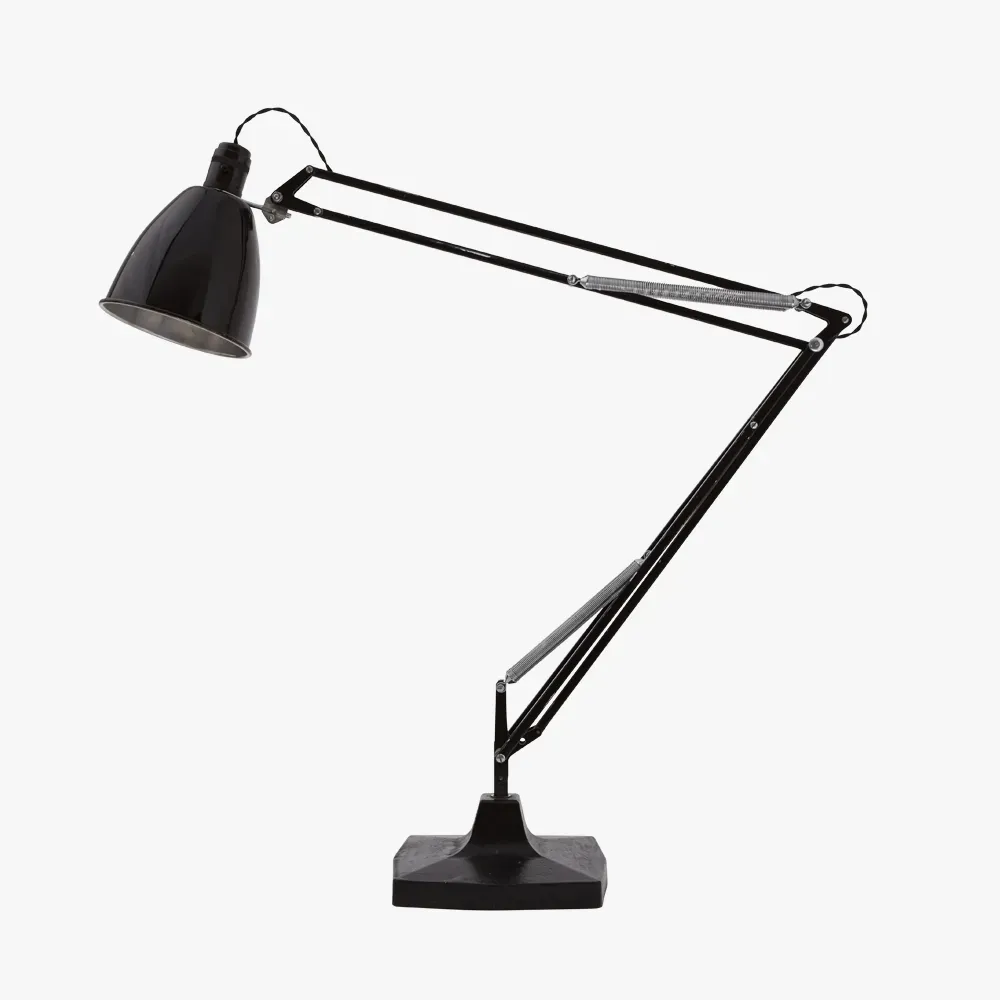
Model 1208
The first lamp that Cardine Accessories produced was the model 1208 a.k.athe Four Spring Lamp. Demand for this life changing lamp was so great that Cardwardine soon realised he alone couldn't keep up; George partnered with Herbert Terry (recognise the name?) who took on manufacturing whilst George continued to develop and improve the design and mechanics of the task lamp, and began to design other, newer models.
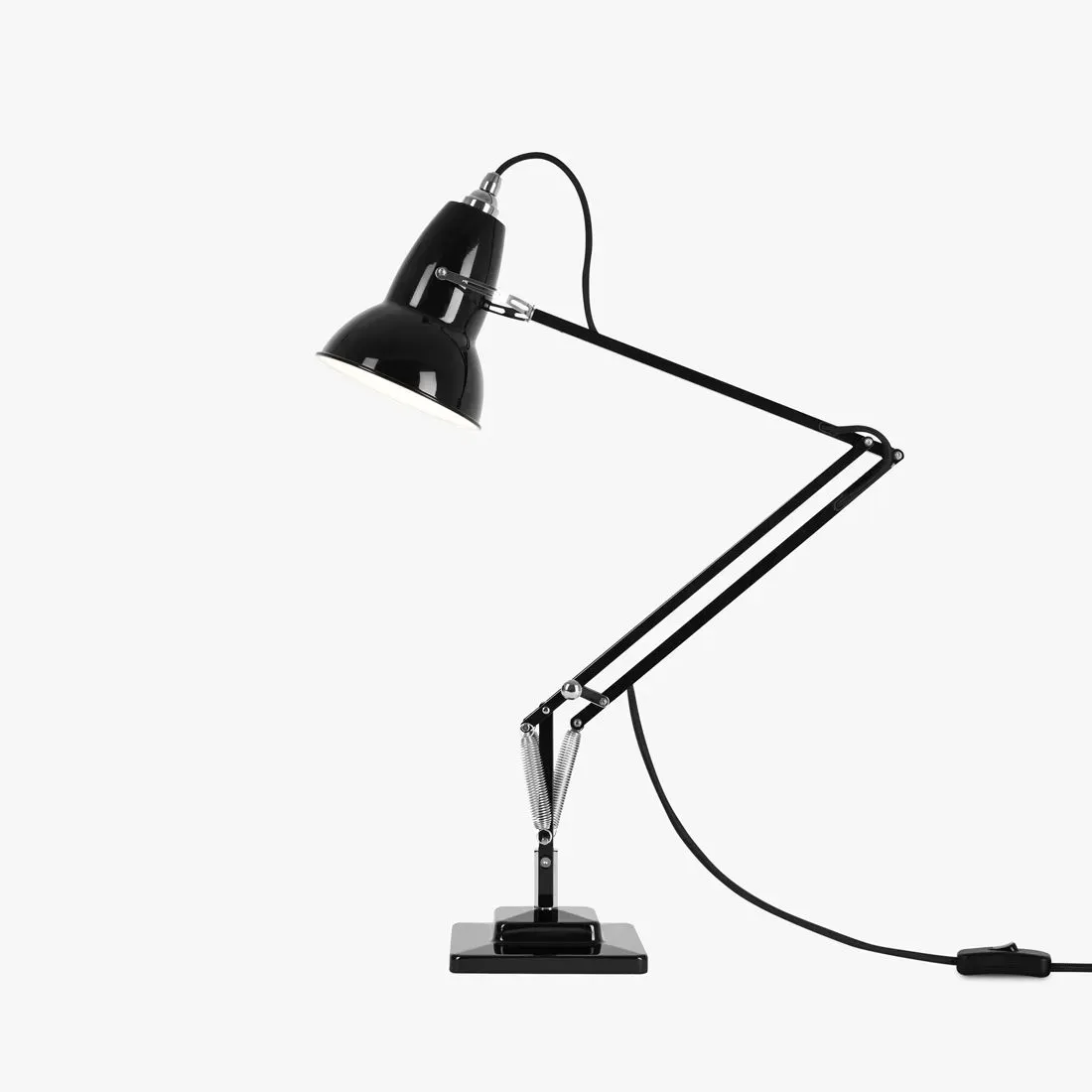
Model 1227
The first lamp marketed to the general public was designed in 1935, the 1227 lamp. The look & design of this lamp would be what first springs (see what I did there?) to mind when told to picture an Anglepoise lamp.
This lamp really came to prominence when WWII broke out. The breakout of war was terrifying, people were worried about themselves & their loved ones and knowing that the possibility of night air raids was high, Herbert Terry & Sons cleverly marketed the 1227 lamp as the “ideal blackout lamp” — perfect for directing light to where it was needed without causing it to leak through any gaps in window coverings!
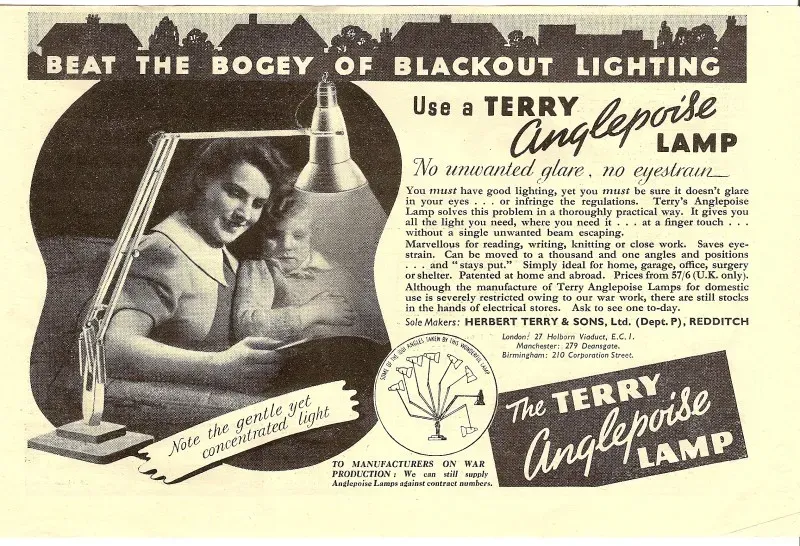
Cardwardine started making small changes to lamp to make it more saleable, removing the small shade vents and changing the base from a three step to a two step which is consistent with the lamps that are produced today (hence why the three steps are so much more expensive — they were only produced for three years so they are nearly as rare as the 1208!)
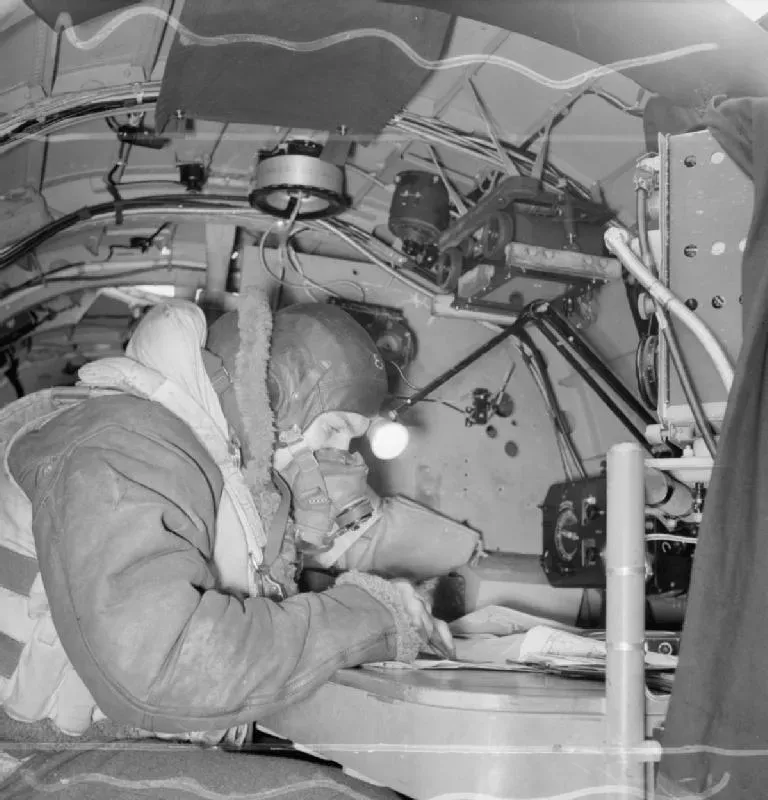
Model (5C/1079) a.k.a The Air Ministry (AM)
As the war progressed, Terry & Sons turned their focus onto lighting for planes producing lamps for all types of warplanes, most famously the Lancaster Bomber. The lamps were used as navigational workstation lamps meaning that important considerations had to be taken into account — robustness, compactness, adjustability and, of course, light weight. There was also a need to avoid any adverse magnetic effects on other sensitive equipment and the lamp was required to accommodate the forces and vibration that an aircraft would encounter.
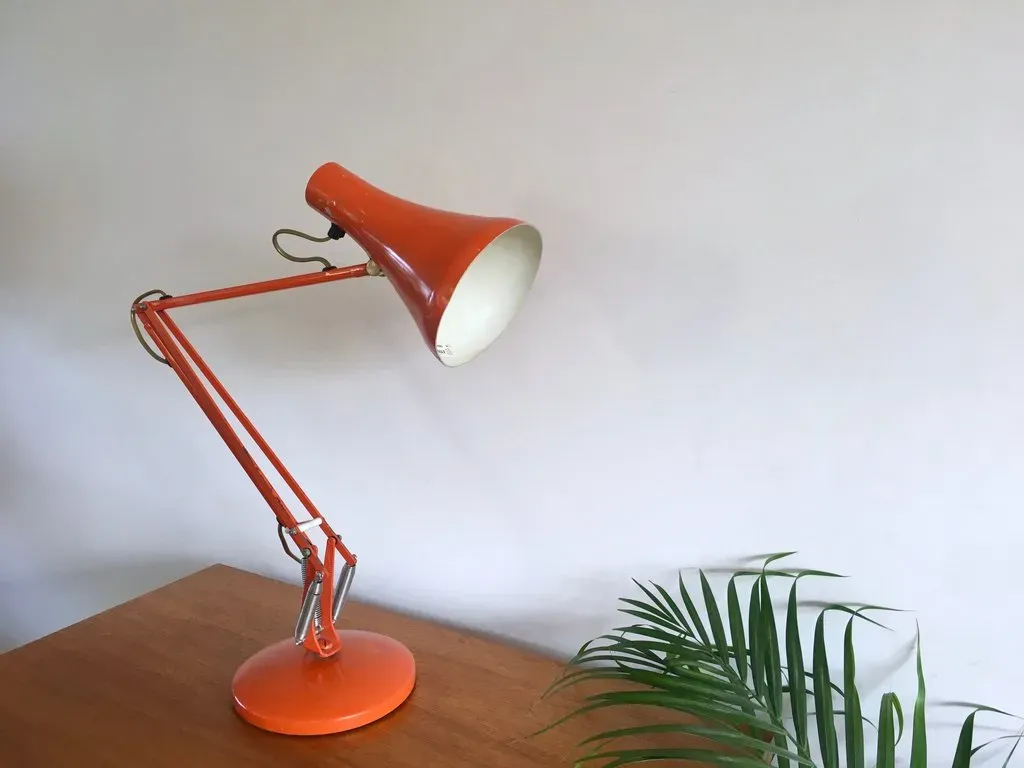
Model 75, 90 and Apex 90
In 1960 Cardwardine designed the much loved Model 75 Anglepoise lamp. Although from first glance the original 1208 and Model 75 don’t look all that different, there were a number of significant changes made to bring the lamp more up to date with the swingin’ sixties. The earlier models were very Deco, the stepped angular bases and squared lamp shades are in complete contrast to the curved features of the 75.
This lamp proved to be a huge success and only 13 short years later, it’s baby brother the Model 90 hit the stores. With the seventies seeing a huge demand for vibrant colours, the Anglepoise extended its range to include a selection of colour options, one of which is Margaret Howell’s Yellow Ochre Anglepoise which can still be purchased today!
Another 12 years down the line, the Apex 90 was designed and released. This lamp was the last edition of the 20th century and was actually designed to be a modern take of the much loved 1227 (although it looks more like the Model 75!) It came in various colours though red was most popular, working perfectly with the newly added black springs.
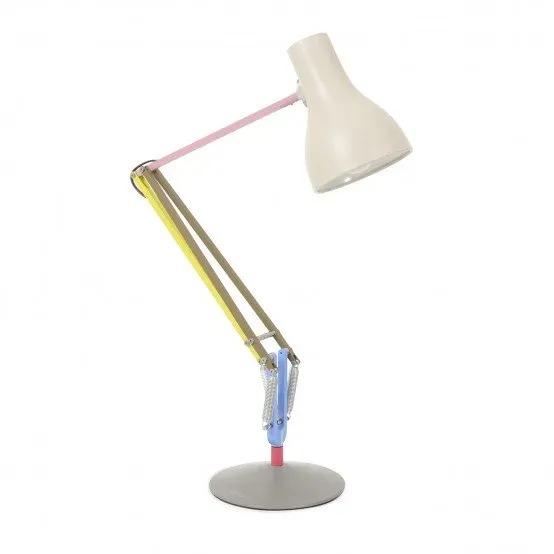
As you can see the Anglepoise lamp has an interesting history — it’s lived on planes, in factories and in the homes of the many for decades as well as being featured in collaborations with the famous fashion designers Paul Smith and Margaret Howell!
Due to its practicality & effortless style, the Anglepoise lamp is still in production today without the basic design changing all that much since the beginning of its life in 1933 — now that’s what you call good design!
Not bad for a suspension technician — well done George 👍.

